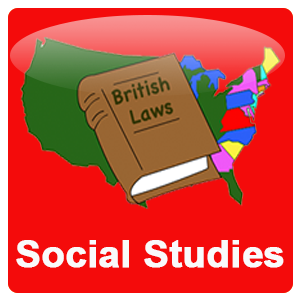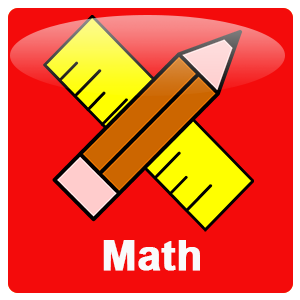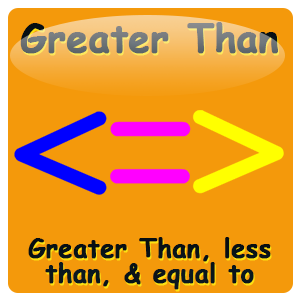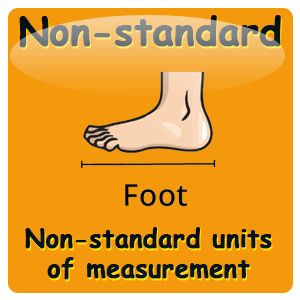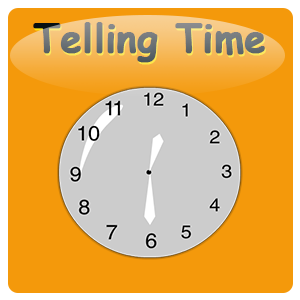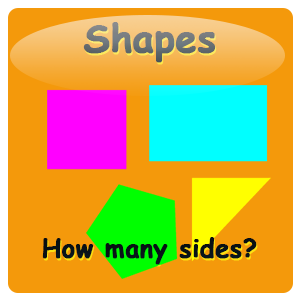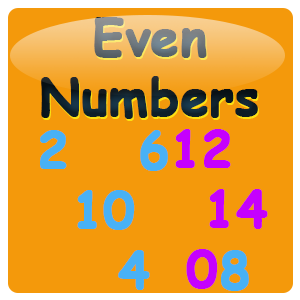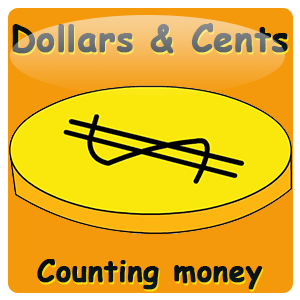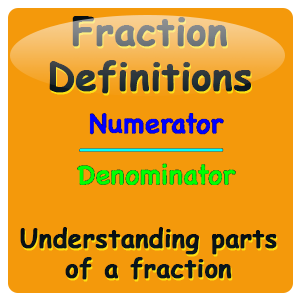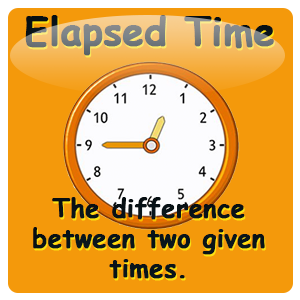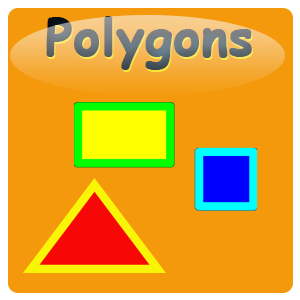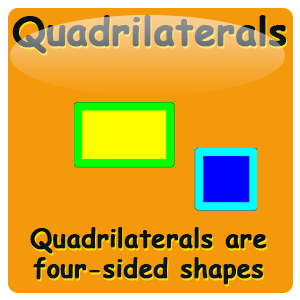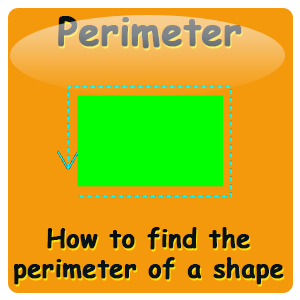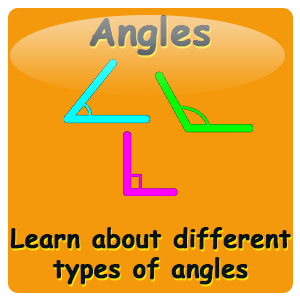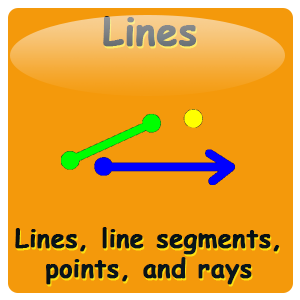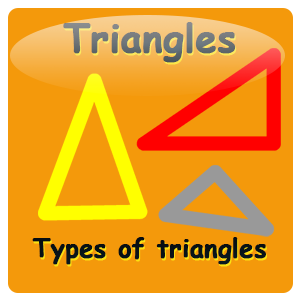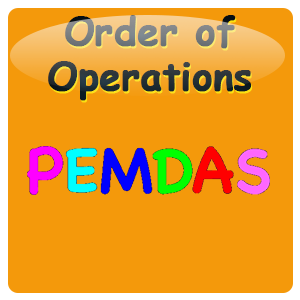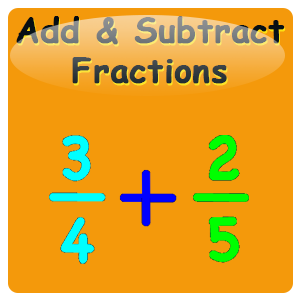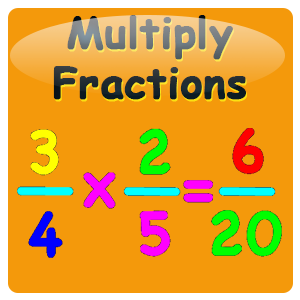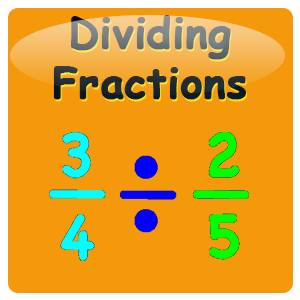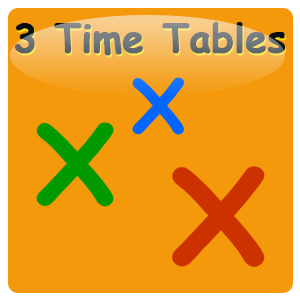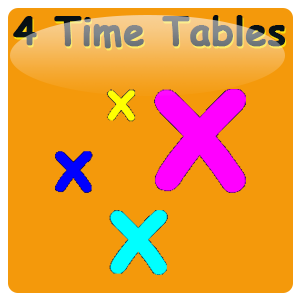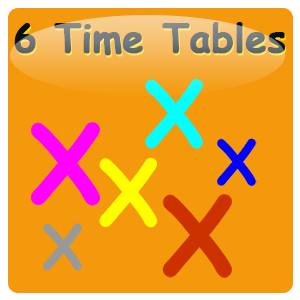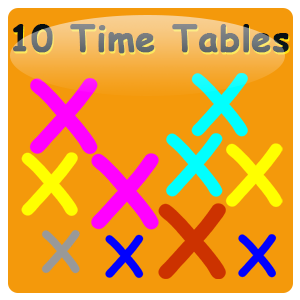District of Columbia Math Preview
Discover tools designed to engage and inspire! Smart Board Learning’s tools combine music, videos, interactive games/quizzes, and worksheets to align with State Standards of Learning, NGSS Standards, and Common Core Standards.
We work closely with educators and parents to ensure our tools not only meet your needs but adapt as your curriculum evolves. Subscribers can even suggest new tools through eligible packages.
1st grade Math preview
Number & Operations in Base Ten – Understand place value.
1.NBT.3 Compare two two-digit numbers based on meanings of the tens and ones digits, using >, =, and < symbols.
Measurement & Data – Measure lengths indirectly and by iterating length units.
1.MD.A.2 Express the length of an object as a whole number of length units, by laying multiple copies of a shorter object end to end.
Measurement & Data – Tell and write time.
1.MD.B.3 Tell and write time in hours and half-hours using analog and digital clocks.
Geometry – Reason with shapes and their attributes.
1.G.A.1 Distinguish between defining attributes and non-defining attributes; build and draw shapes to possess defining attributes.
2nd grade Math preview
Operations & Algebraic Thinking – Work with equal groups of objects to gain foundations for multiplication.
2.OA.C.3. Determine whether a group of objects (up to 20) has an odd or even number of members; write an equation to express an even number as a sum of two equal addends.
Number & Operations in Base Ten – Understand place value.
2.NBT.A.1 Understand that the three digits of a three-digit number represent amounts of hundreds, tens, and ones.
Number & Operations in Base Ten – Understand place value.
2.NBT.A.2 Count within 1000; skip-count by 5s, 10s, and 100s.
Measurement & Data – Work with time and money.
2.MD.C.8 Solve word problems involving dollar bills, quarters, dimes, nickels, and pennies, using $ and ¢ symbols appropriately.
3rd grade Math preview
Number & Operations—Fractions – Develop understanding of fractions as numbers.
3.NF.A.1 Understand a fraction as the quantity formed by parts of a whole partitioned into equal parts.
Measurement & Data – Solve problems involving measurement and estimation of intervals of time, liquid volumes, and masses of objects.
3.MD.A.1 Tell and write time to the nearest minute and solve word problems involving time intervals.
Measurement & Data – Geometric measurement: recognize perimeter as an attribute of plane figures and distinguish between linear and area measures.
3.MD.D.8 Solve real-world problems involving perimeters of polygons, including finding unknown side lengths.
Geometry – Reason with shapes and their attributes.
3.G.A.1 Understand that shapes in different categories may share attributes, and recognize rhombuses, rectangles, squares as quadrilaterals.
4th grade Math preview
Measurement & Data – Solve problems involving measurement and conversion of measurements from a larger unit to a smaller unit.
4.MD.A.3 Apply the area and perimeter formulas for rectangles in real-world and mathematical problems.
Measurement & Data – Geometric measurement: understand concepts of angle and measure angles.
4.MD.C.5 Recognize angles as geometric shapes; understand angle measurement; measure angles in whole-number degrees using a protractor.
Geometry – Draw and identify lines and angles, and classify shapes by properties of their lines and angles.
4.G.A.1 Draw and identify points, lines, line segments, rays, angles, and perpendicular/parallel lines. Identify these in two-dimensional figures.
4.G.A.2 Classify two-dimensional figures based on the presence of parallel/perpendicular lines or specified angles; identify right triangles.
5th grade Math preview
Operations & Algebraic Thinking – Write and interpret numerical expressions.
5.OA.A.1 Use parentheses, brackets, or braces in numerical expressions, and evaluate expressions with these symbols.
Number & Operations—Fractions – Use equivalent fractions as a strategy to add and subtract fractions.
5.NF.A.1 Add and subtract fractions with unlike denominators by replacing them with equivalent fractions.
Number & Operations—Fractions – Apply and extend previous understandings of multiplication and division to multiply and divide fractions.
5.NF.B.3 Interpret a fraction as division of the numerator by the denominator. Solve word problems involving division leading to answers in fractions/mixed numbers.
5.NF.B.6 Solve real world problems involving multiplication of fractions and mixed numbers, e.g., by using visual fraction models or equations to represent the problem.
Multiplication
MULTIPLICATION FACTS
